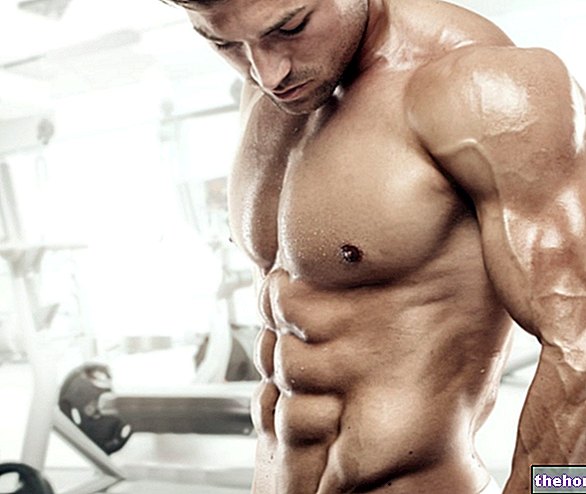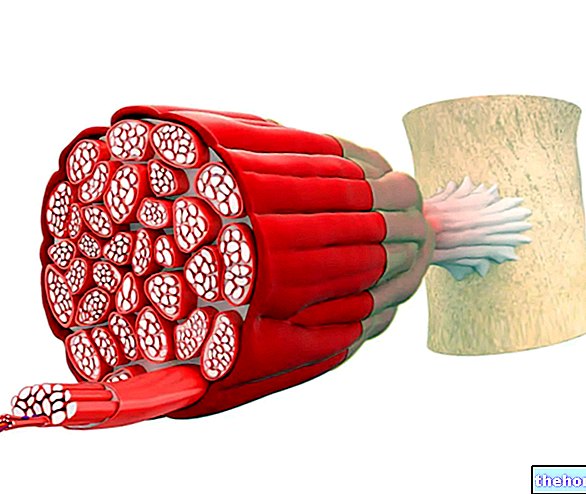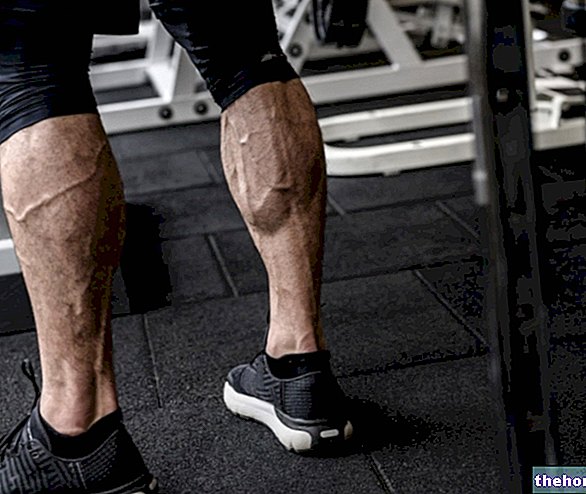Edited by Dr. Stefano Casali
Definition
Rational set of more or less complex motor events organized in their structure in such a way as to adapt the athlete's behavior to the characteristics:
Some tools
Some materials
Dell "environment
Of the opponents
Sporting rules
Technique teaching
Global method
When coordination difficulties are not articulated
Analytical method
Breakdown of the gesture into several fragments or parts. If this is not possible to slow down the executive pace;
Stimulate an autonomous activity in the subject that allows them to discover their own motor solutions;
Keep in mind that each method used for teaching the technique is aimed at a specific purpose;
Organize during the training session for the technique, pauses for reflection and questioning on the sensations perceived by the subject regarding the task performed.
Technique training
First stage
Acquisition of the technique and learning of the motor sequences according to an adequate biomechanical logic.
Second phase
Imitative training through the approach to the theoretical model. Elimination of the inhibiting factors that cause limitations (fear, insecurity ...).
Third stage
Application training; deliberately organize the execution of the previously mechanized motor schemes by varying the conditions.
Hirtz method
Use all systems that force you to vary the execution of the movements;
Use all systems that are based on the variation of the exercise conditions;
Use drills in competition conditions;
Introduction of complex special workouts that stress the level of technical and coordination skills more than during the competition.
Click on images to enlarge them
Biomechanical evaluation of the technique
Level of knowledge of the observed phenomenon;
Experience of the observer in relation to the phenomenon considered;
Chosen observation point;
Environmental conditions;
State of efficiency of the sensory systems used;
Emotional state of the subject performing the observation;
Level of precision and knowledge of the ideal theoretical reference model.
Conclusions
There will be an increase in:
Balance ability;
Kinesthetic Differentiation Ability;
Rhythmization ability;
Ability to combine and couple movements;
Ability to Modulate strength and speed;
Motor memory skills.
Bibliography
Motor learning and performance, Schmidt Richard A .; Wrisberg Craig A .; Sports Press Society, Rome.
Motor education applied to large tools, Becci Licia; Balducci Francesco; Four Winds.
The control of sports movements - Rome, Sports Press Society, 1988 Paolini M.
Physiology applied to sport, W. Mc Ardle, F. Katch, V. Katch Casa Editrice Ambrosiana.
Exercise physiology, P. Cerretelli - Universe Publishing Company.
Muscle Strength Physiological aspects and practical applications, Bosco C .; Sports Press Society, Rome.
The scientific basis of muscle strengthening, Humble A .; Urso A .; Sports Press Society, Rome.
Physiology applied to sport, Mc Ardle W.D .; Katch F.I .; Katch V.L.; Ambrosiana Publishing House.
Principles of physiology applied to sport, Mc Ardle W.D .; Katch F.I .; Katch V.L.; Ambrosiana Publishing House.
Periodization of sports training - Tudor O. Bompa - Calzetti Mariucci editori 2001.
The exercises of weightlifting - Antonio Urso, Ernesto Zanetti - Sports Press Society, Rome 2006.
Training theory - Harre - Sports Press Society, Rome
Valente M., Training techniques and methodology. Frilli Editori, Genoa 2005.
Bellotti P., Matteucci E. Sports Training. Theory and practical methodology. UTET.






























